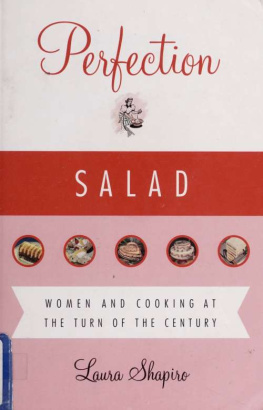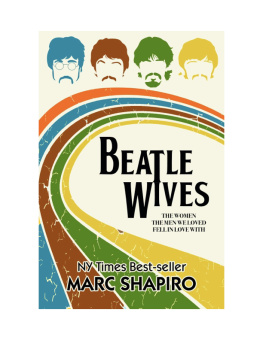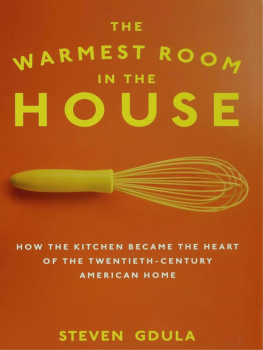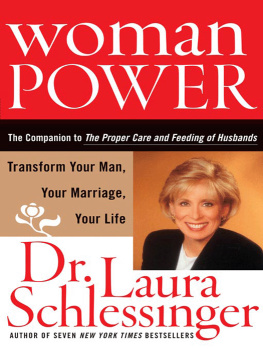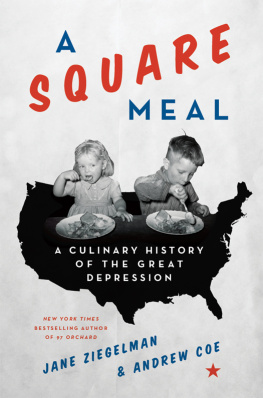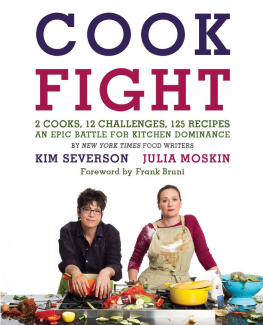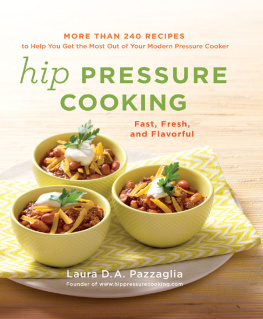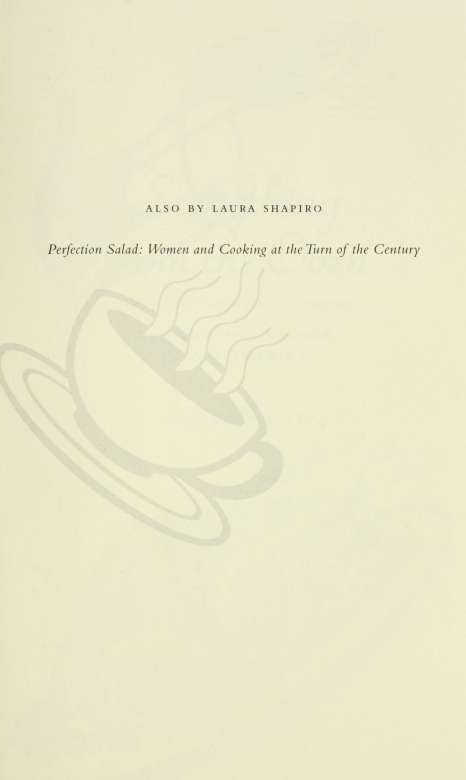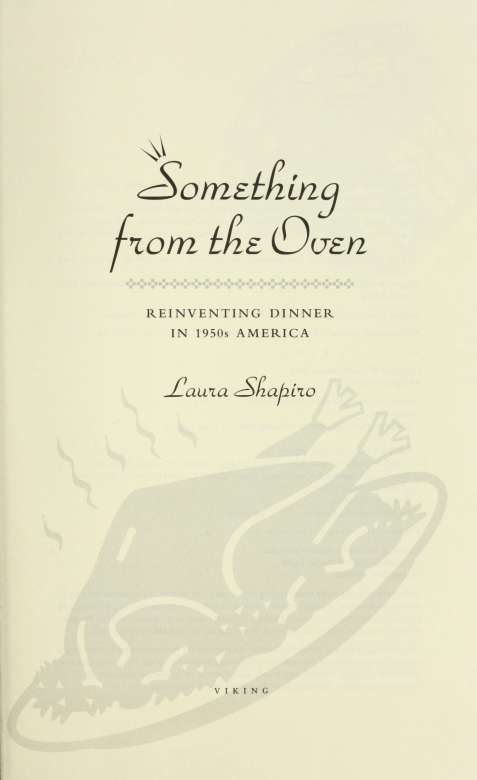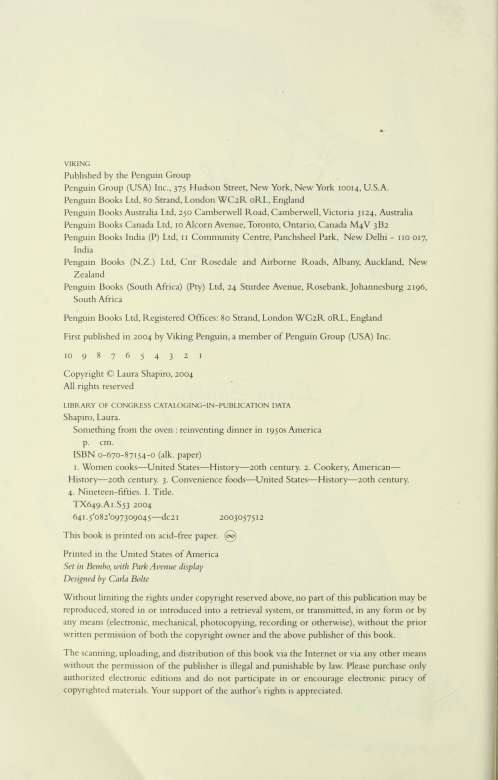This book made available by the Internet Archive.
TO NELL, NEXT IN LINE
c:^(2knoojLEaamsnt
One of the pleasures of working on this book has been discovering that everybody has a '50s, even those who experienced the decade only through their parents. And to own the '50s, I found, is to share them. The generosity of friends, colleagues, and strangers has sustained this project from the beginning.
My deepest thanks go to Pat Strachan, who was the first to recognize and encourage the book that lay buried under a welter of inchoate ideas. As I began to shape the topic, conversations with Nach Waxman and Barbara Kafka opened up dozens of possible research paths. Barbara Haber was a wonderfully reliable source for every sort of scholarly help throughout this project, and Barbara Grossman did me the honor of welcoming me to Viking.
The idea for this book was born in the stacks of the Schlesinger Library, and its resources and staff supported my research at every step. My search for Betty Crocker was aided immensely by Pam Becker, Kim Walter, Jean Toll, and Katie Dishman of General Mills, who opened the doors to the company's awe-inspiring archives, and by discussions with filmmaker Susan Marks about her own pursuit of Betty Crocker. Marlene Johnson of Pillsbury made available a trove of material about the Pillsbury Bake-Off, and Daniel Horowitz very generously shared his extensive research and thinking on Ernest Dichter. I'm enormously grateful to Lisa Tuite for allowing me to spend a week with microfilms of the "Confidential Chat" in the library of The Boston Globe, and to my own Chat sister, Jan Freeman, for paving the way. Ernestine Gilbreth Carey kindly granted permission for me to delve into the
XII ACKNOWLEDGMENTS
huge and fascinating collection of letters, diaries, and manuscripts that she gave to Smith College. Some of my favorite research hours were spent with Cynthia White and Claudia Philippe, whose abundant memories, reflections, and insights about their mother. Poppy Cannon, greatly informed my thinking. It's impossible to sum up all I have learned about food and life in the course of numerous visits with Cecily Brownstone, except to say that traveling back with her across nearly a century has been a spellbinding adventure and often a hilarious one.
Among the research materials most important to this project have been the books, leaflets, and recipe collections that friends have contributed from the kitchens they know best. For work like mine, these items are splinters from the true cross. I have treasured the chance to handle and study the materials donated by Kim Albright; Charlie Davidson; Bobbie Freeman; Ann Phillips and Wendy Phillips Kahn; Chris Kotowski; Bridget Moore and Meg Moore; Richard Rosen and Carey Rosen; Hal Schiffman; and Suzanne Weil. Other friends introduced me to an amazing variety of culinary artifacts gleaned from their libraries, including Fern Berman, Susan Szeliga, and Mark Zanger. I'm grateful for everything about my long friendship with Susan Riecken, most recently a succession of beautifully wrapped packages full of food books and pamphlets from the '50s, which she located on her Internet travels.
Memory is a resource beyond the reach of any library, and many people have given me access to theirs. My thanks especially to Jean Anderson, Elaine Hanna, Joyce Donen Hirschhorn, Robert Lescher, EHzabeth Moulton, Marion Nestle, Geraldine Rhoads, and Helen Worth. Conversations with Carolyn Goldstein, Joan Gussow, Karal Ann Marhng,Anne Mendelson, Quandra Prettyman, Steve Schmidt, and Susan Strasser opened my eyes and mind at many stages of this project. For all sorts of Hfe support
ACKNOWLEDGMENTS XIII
during my research, I'm grateful to Dorothy Austin, Cara De Silva, Diana Eck, Ellen Jacobs, Melody Lawrence, Sara Paretsky, Susan Pelzer, Paul Solman, Jean Strouse, Linda Winer, and the members of The Group: Ann Banks, Carol Hill, Diane McWhorter, Ellen Pall, Elizabeth Stone, and Annalyn Swan. I have presented bits and pieces of my research in several venues over the last few years, and the thoughtful responses I have received have been enlightening in a thousand ways. Many thanks to the members of the Feast and Famine colloquium at New York University, the Culinary Historians of Washington, the History Workshop in Technology, Society and Culture at the University of Delaware, and the Women's Association of the Congregational Summer Assembly in Pilgrim, Michigan.
For a writer who doesn't come up with a book all that often, I have been very lucky to work with an agent, Amanda Urban, and an editor, Wendy Wolf, who are the best in the business. They are especially good at spinning gold out of straw, and I have benefited from that miracle frequently At Viking, Karen Murphy guided the manuscript to publication with apparently limitless resources of kindness and wisdom.
Since the earliest years of our marriage, I have known that my husband, Jack Hawley, could sing highlights from the Muntz TV song. ("There's something about a Muntz TV/There's something about a Muntz TV/There's something about a Muntz TV/ There's something about a Muntz TV!") Only when I began this project, however, did I discover what a fine native informant he is on every aspect of the '50s, including the food. His vivid recall of Underwood's deviled ham has lighted the way through several of the darker stretches of my work. On this journey as on others, he has been an exhilarating tour guide and a girl's best friend. To our excellent daughter, Nell, this book is dedicated with much love and many apologies for all the take-out dinners.
UnHo auction: ^o
For many years I have been thinking about the conjunction between women and cooking, an association so deeply rooted that over the centuries it has turned cooking into something tantamount to a sex-Hnked characteristic, less definitive than pregnancy but often just as cumbersome to deflect. Biology and anthropology tell us pretty much what we need to know about how this relationship came about: Women have the babies, women feed the babies, women feed everyone else while they're at it; hence, women cook. Men cook, too, of course, especially now; but, traditionally, they went to the stove as a job or a profession, to show off for an admiring crowd, or simply for the pleasure of it. Women cook because they're expected to and because the people around them have to eat; happy is she who also enjoys the work. What interests me most about women and cooking isn't so much why they have been entwined all these years, but how that intimacy has affected both parties: the cooks and the food.
In an earlier book. Perfection Salad, I looked at what happened when science showed up in the late-nineteenth-century American kitchen with all the charisma of a new religion. Generations of women accustomed to cooking with their senses at the forefront, tasting and touching and remembering, gave way to brides who were learning to maintain a practical distance between themselves and the food. Nutrients and calories bid for attention; standardized equipment and measurements took the place of impressionistic



